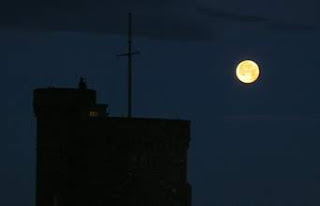DDCAG are undertaking a research project on Signal Stations in Dorset,
from Roman to Saxon, Armada to Napoleonic and Naval stations. .
These sites are often shown on maps as ‘beacons’ or ‘telegraphs’.
For example there is a telegraph station shown near Minterne Magna with
possible locations at Chilcombe Hill, Winterborne Steepleton and various
locations associated with coastal defences in the Napoleonic period.
The process will involve naming the sites, locating their position using
grid references, possible start and end of use, the height of the Station,
method of communication (smoke, semaphore, mirror etc), visible remains, any
record in literature and a general description. For example:
Black Down Fortlet
/possible signal station, 50.69077, -2.56303, possible Roman AD 43, 400, height
not known perhaps 5m, possible smoke fire, no visible remains, site excavated
by Bill Putnam (ref xx, 1970) , (Ian Hewitt ref zz, 2016) and surveyed by
Dorset Diggers (ref xxyy).
We have volunteers who will be working on areas – Weymouth, Portland and
Purbeck; Sturminster Newton, Blandford Forum and Shaftsbury; Bridport to Lyme
Regis; Poole and hte east; Axminster, Chard, Crewkerne, Yeovil, Sherborne and
Beaminster.
We are looking to have visits to the sites that have been confirmed as
Stations as well as visiting the Royal Signals Museum in Blandford.
If anyone would like to help out please contact us.












